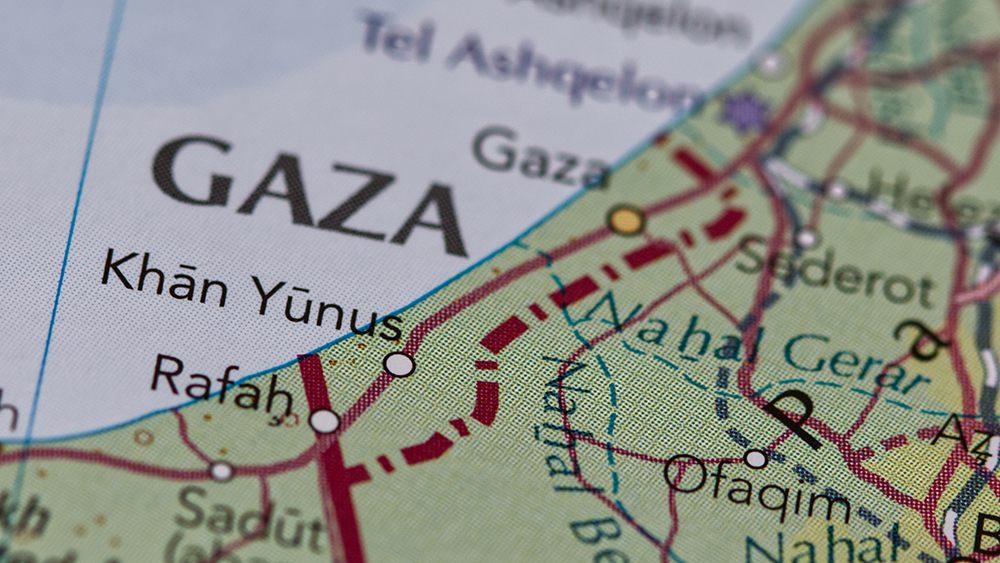Notes on Post-Anarchism
By Sureyyya Evren
Anarchist Library
There is a postanarchist reduction of classical anarchism seen in texts of some key writers on post-anarchism (like Todd May, Saul Newman, Lewis Call or more recently Richard Day).[1] Up until now, this feature of the postanarchist tendency has been criticized by various anarchists. But actually, ‘anarchists’ should admit that, ‘post-anarchists’ didn’t invent this! ‘Post-anarchists’ have been using the common anarchist history writing on classical anarchism which can be found anywhere in any reference book. The problem is, because of the reference to poststructuralism, they could be expected not to rely on that canonized history of anarchism without interrogating it, without questioning it at all.
When post-anarchists take the findings of a modernist, Eurocentric history writing of anarchism as a given truth and start working on this ground, it is likely to see them (post-anarchists) reproduce many problems already existing in this practice of history writing. (Jason Adams has given a basic critical questioning of this while he was talking on the “constructed history of anarchism”[2]).
As someone working on post-anarchism as well, what Adams did in this early article was quite a good start — you have to turn your critical investigation to the given history of anarchism as well. Before comparing classical anarchism with poststructralist philosophy, or before making a genealogy of affinity in the realm of ‘classical anarchism’ (that’s what Day does in “Gramsci is Dead”[3]) one must first endeavor to make a genealogy of the anarchist ‘canon’. These questions should be asked: how did the anarchist history writing developed? When and how were the main anarchist writers selected? Who were the fathers of the ‘fathers of anarchy’? Were there different tendencies in describing the main body of ‘classical anarchism’ and which tendency dominated the resulting history and how? How were the classical anarchists represented? Can we trace any hierarchy in these histories; were they modernist in their approach; can we trace any kind of discrimination?
Prejudice about a modernist anarchism is so strong that when these writers see an anti-modernist aspect of Bakunin for example, they either take it as an exception or something said inadvertently, or worse, as a contradiction! For example for Call, “Bakunin provides us, perhaps quite inadvertently, with a point of departure for postmodern anarchism.” Here, Bakunin says science was marred by a dangerous and disturbing statism. So when Bakunin talks against science, he is talking inadvertently”, but when he talks for science, that should be what he actually believes holeheartedly. Why is that? Why then the ‘Bakunin effect’, the ‘Bakunin heritage’ is not the effect of a ‘science admirer’ but a creative man of deed and anarchist theory? How do we know if he said this inadvertently or not? Similarly, when Newman finds out that Kropotkin and Bakunin seemed anti-essentialist in some of their claims, he interprets these as ‘contradictions’! Whereas, the only contradiction is between the modernist image of anarchism and the real ‘anarchist effect’.
There is an assumption that both Marxism and anarchism are modernist political movements suffering the same modernist weaknesses, while anarchism has some potential to get out of this trap. Thus, to realize this we will have to eliminate modernist issues from classical anarchism (which is indeed the greater part of its political philosophy) and use remaining aspects that are in harmony with today’s post-modern/poststructuralist perspective.
Well, that was not really true, so let’s go back and start the discussion from there. Anarchism was not a modernist political movement, like Marxism, from the beginning it was an anti-modernist modern movement, and has been an important example of the modern radical movements. (‘Classical anarchism’ was not a Le Corbusierist movement but a Dadaist movement.) Modernist aspects in anarchism, on the contrary, are the minority, and ‘classical anarchism’ is mostly an anti-modernist current, there is little to eliminate in ‘classical anarchism’ and a lot to take if you are talking about a post-anarchism of today.
As it is with the history of anarchism, what I understand from post-anarchism has many folds, and one crucial fold is about anarchist history writing, a new post-anarchist thinking should bring a new anthology, a new history of anarchism. At least, a new sensibility towards existing anarchist histories.
Many accuse Newman or Day of ‘abusing’ anarchist tradition, as it is quite easy to recognize that their relation with the anarchist history is not sufficient on many levels — but on the other hand, what they are trying to do, especially Newman, is to bring anarchism into today’s political and theoretical agenda as something more powerful. This shouldn’t be underestimated. And I think they are trying the correct door for this — maybe they haven’t found the correct keys yet (maybe, it is time to make the keys collectively today).
When politicians see the anarchist embracing everything as political, struggling against every tiny possibility of domination, they regard this as an absence of something. Either a lack of passion for economics or a lack of passion for politics. What they don’t get is that everything is political with the anarchist and deserves the same passion. As the poet Ilhan Berk said in an interview “everything is political, even water flows politically.” Even water flows politically — thus, anarchist politics is a politics of life, of culture, anarchism is a raven knocking on the window to invite you. A libertarian party has begun! Anarchists are de facto pan-anarchists. Anarchist politics lies in the multiplicity of non-politics. The core is not fixed.


